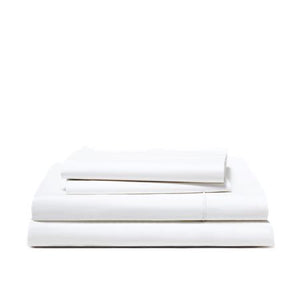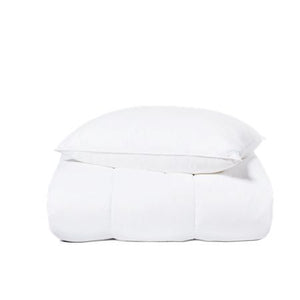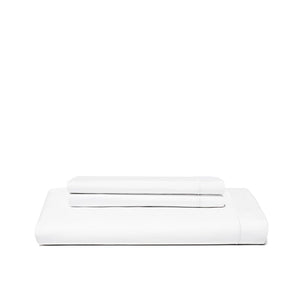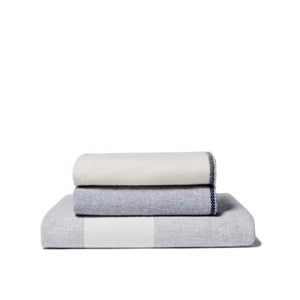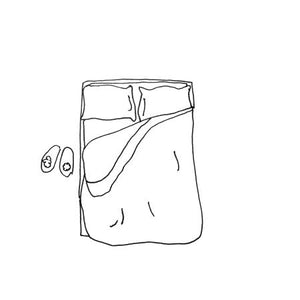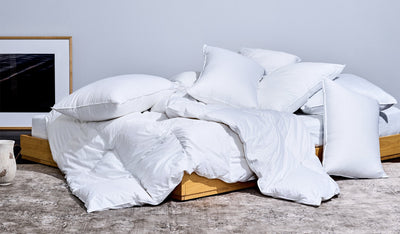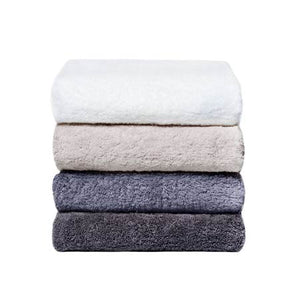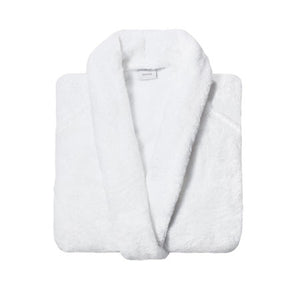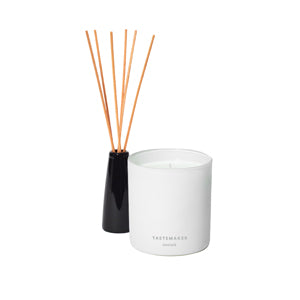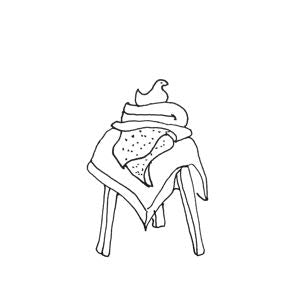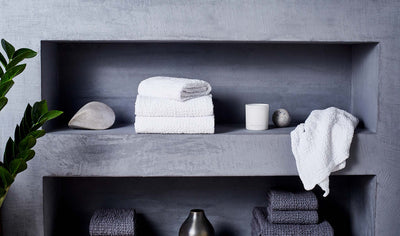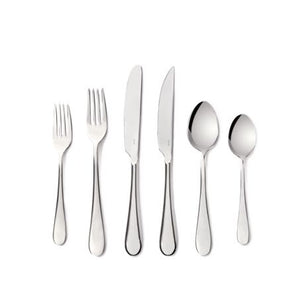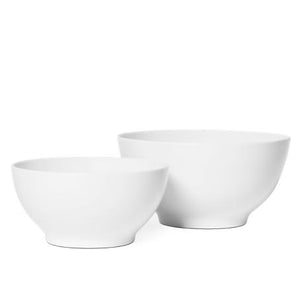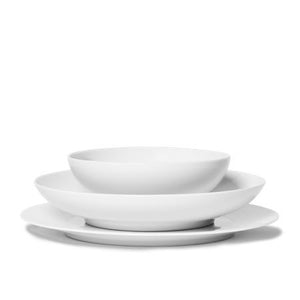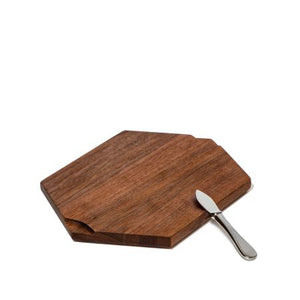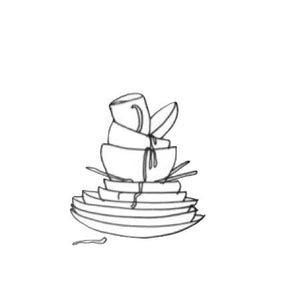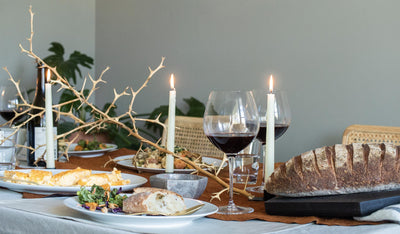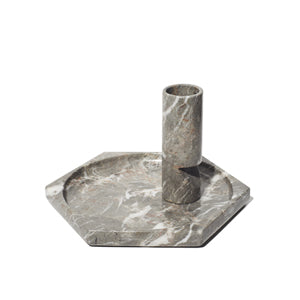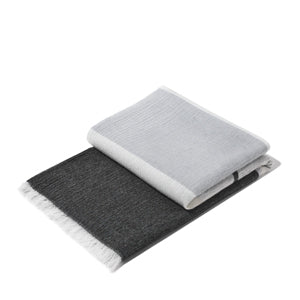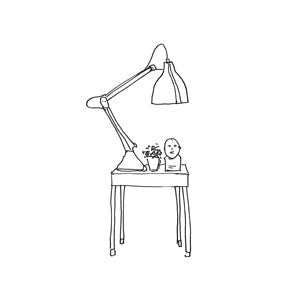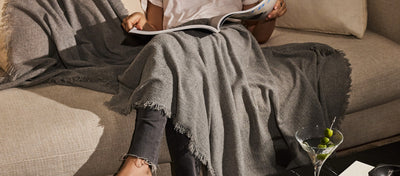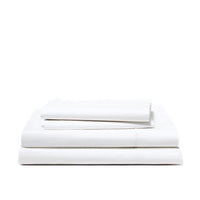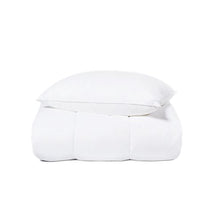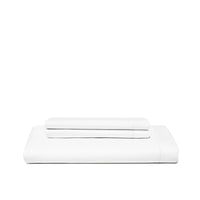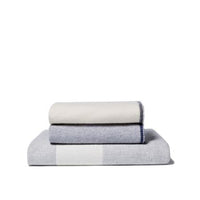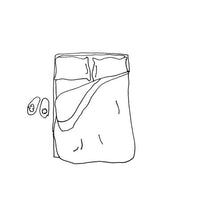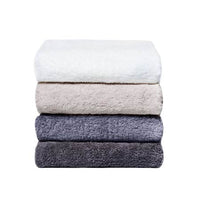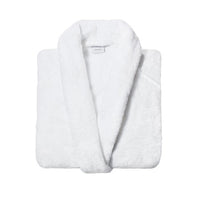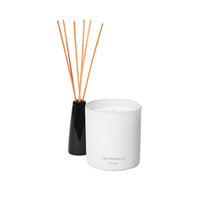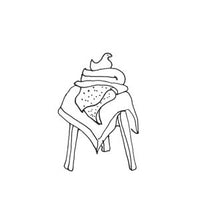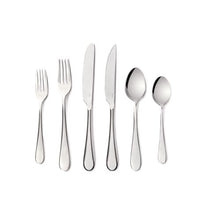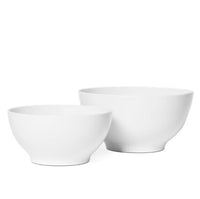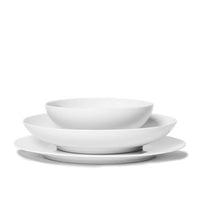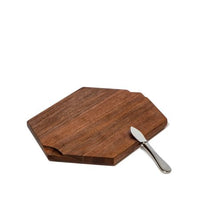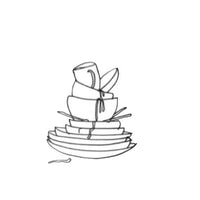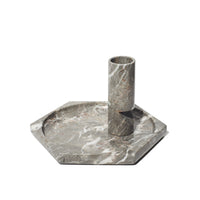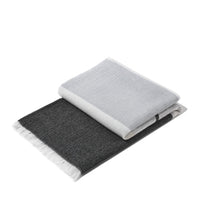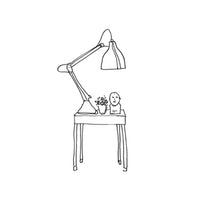In choosing the right bed sheets, it's easy to get overwhelmed with all the different types of fabrics and weaves available.
Two of the most popular options are percale and sateen sheets. Both are made from cotton, but they have different characteristics that can affect your sleeping experience.

The most sought-after percale sheets are known for their crisp, cool feel. They are made with a simple, one-over-one-under weave that creates a matte finish.
Percale sheets typically have a thread count between 200 and 400, which means they are lightweight and breathable.
On the other hand, the comfiest sateen sheets have a silky, smooth feel. They are made with a four-over-one-under weave that creates a lustrous finish. Sateen sheets typically have a higher thread count, ranging from 300 to 600, which means they are heavier and warmer.
Want to know more about the differences? Read on to learn more!
A Quick Guide to the Best Percale and Sateen Sheets

Both sheets offer a luxurious feel and are highly durable, but there are some key differences between than the two that we’ll highlight more. Here are some of the basic things that you’ll need to consider:
Weave and Fabric Types
The top rated percale sheets are woven in a one-over-one-under weave, which creates a crisp, cool, and breathable fabric. Sateen sheets, on the other hand, are woven in a four-over-one-under weave, which creates a silky and smooth fabric with a subtle sheen.

When it comes to fabric types, both percale and sateen sheets can be made from a variety of materials, including cotton, bamboo, and linen. However, cotton is by far the most popular choice for both types of sheets.
Thread Count and Material Quality
Thread count refers to the number of threads woven into one square inch of fabric. While a high thread count is often associated with luxury, it's important to note that a high thread count doesn't necessarily mean better quality.
For percale, a thread count of 200 to 400 is considered standard, while a thread count of 500 to 1000 is considered high. For sateen sheets, a thread count of 300 to 600 is considered standard, while 1000 thread count sheets or higher is considered high.
In addition to thread count, material quality is also an important factor to consider when choosing percale or sateen sheets. Long-staple cotton, such as Egyptian cotton and Pima cotton, and extra-long staple cotton are all known for their high-quality fibers and durability, making them popular choices for high thread count sheets.
Choosing Between Percale Sheets and Sateen

When choosing your sheets, it's important to consider what you value most in terms of comfort, durability, temperature regulation, aesthetic, and price. Here's a breakdown of the differences between percale and sateen sheets to help you make an informed decision.
Comfort and Feel
Percale sheets are known for their crisp, cool feel, while sateen sheets have a silky, luxurious feel. If you prefer a crisp, smooth sheet that feels cool to the touch, percale is the way to go.
On the other hand, if you prefer a soft, silky sheet that feels warm and cozy, sateen might be more up your alley. Ultimately, personal preference plays a big role in which type of sheet you'll find most comfortable.
Durability and Care
Both percale and sateen sheets can be durable, but percale sheets tend to be more low maintenance. Percale sheets are typically wrinkle-resistant and less prone to pilling than sateen sheets.
Sateen sheets require more care to maintain their sheen and softness. They may also be more prone to pilling and wrinkling.
Temperature Regulation
Percale sheets are known for being breathable and lightweight, making them a great choice for hot sleepers or those who live in warmer climates.
Meanwhile, sateen sheets are thicker and heavier, making them a better choice for retaining heat and staying cozy in cooler temperatures.
Aesthetic and Styling
Percale sheets have a matte finish and a subtle sheen, while sateen sheets have a signature sheen that gives them a luxurious look. The aesthetic of your bedding is a personal choice, but percale sheets tend to have a more casual, understated look, while sateen sheets have a more formal, elegant look.
Price and Value
Percale sheets tend to be more affordable than sateen sheets, but the cost can vary depending on the quality and materials used. Sateen sheets can be quite expensive, but they are often considered a luxury item.
Conclusion

Let’s take a quick recap on what we’ve learned. Percale sheets offer breathability and a refreshing sleep experience, while Sateen sheets provide a luxurious touch with a slight sheen. Both options ensure quality, durability, and style.
Now that you’re ready to choose, visit us today and get the perfect sheets for your dream bedroom!
Frequently Asked Questions
Do percale sheets wrinkle more than sateen?
Percale sheets are known for their crispness and can wrinkle more easily than sateen sheets. However, a higher thread count percale sheet can help reduce wrinkling. Sateen sheets are less likely to wrinkle due to their weave, but they can still wrinkle if not cared for properly.
Which type of sheets do hotels usually opt for, percale or sateen?
Hotels typically opt for white, cotton percale sheets as they are durable, easy to care for, and have a classic, crisp look that guests expect. However, some hotels may choose sateen sheets for a more luxurious feel.
Are sateen or percale sheets better for hot sleepers?
Percale sheets are typically better for hot sleepers as they are lightweight and breathable, allowing for better airflow. Sateen sheets are heavier and warmer, which can be uncomfortable for hot sleepers.
What's the durability like for percale compared to sateen sheets?
Percale sheets are known for their durability. They can last for years with proper care. Sateen sheets are also durable, but their heavier weight can cause them to wear out faster than percale sheets. Make sure to follow care instructions for both types of sheets to ensure their longevity.
